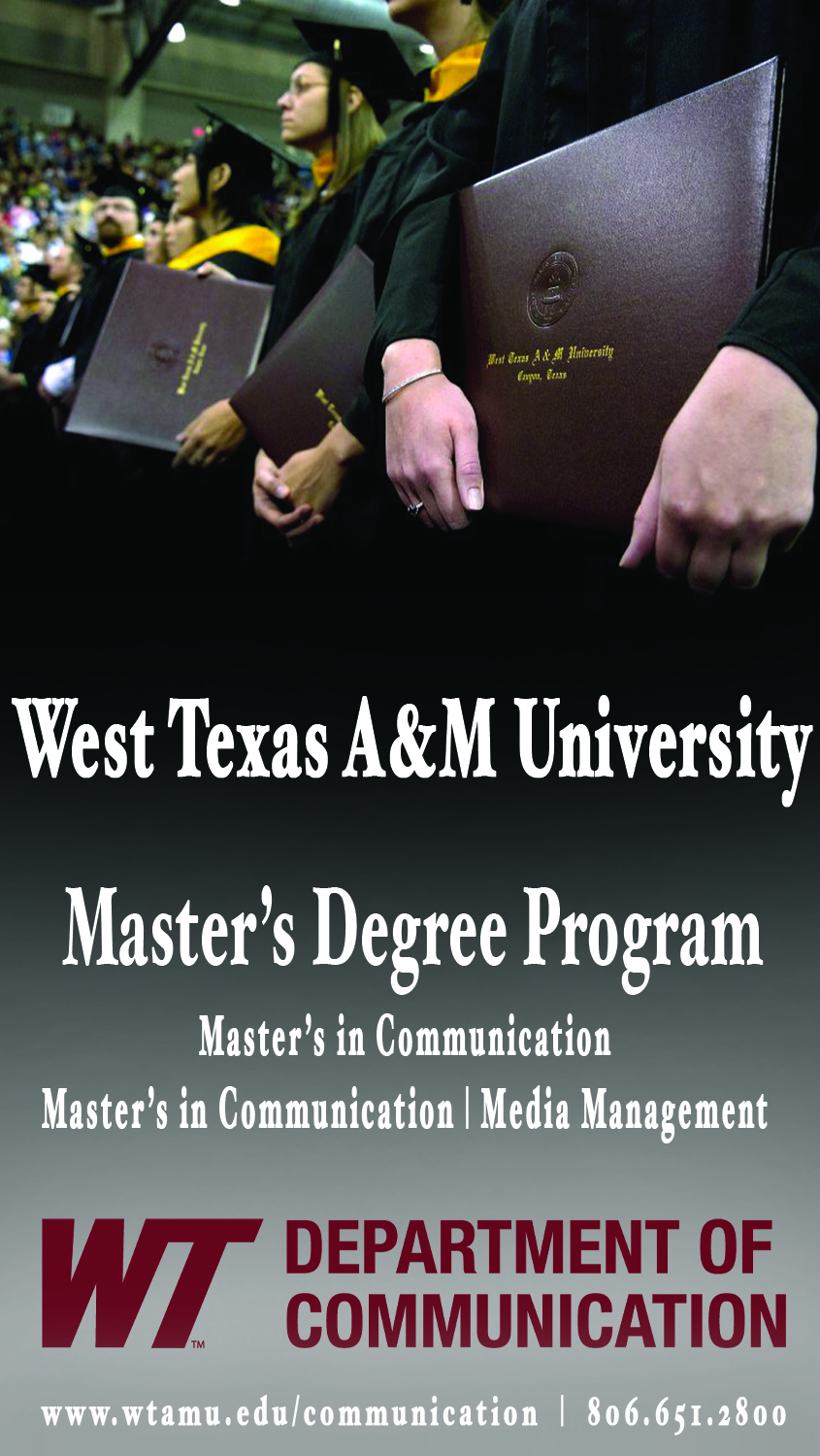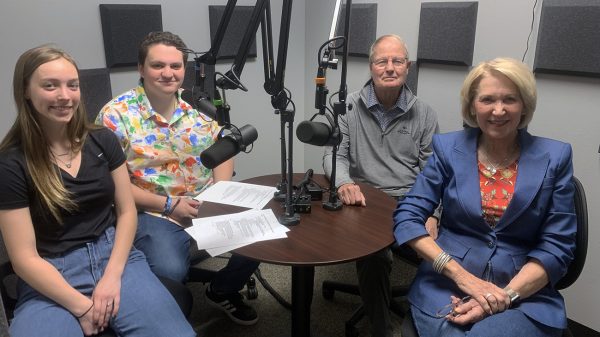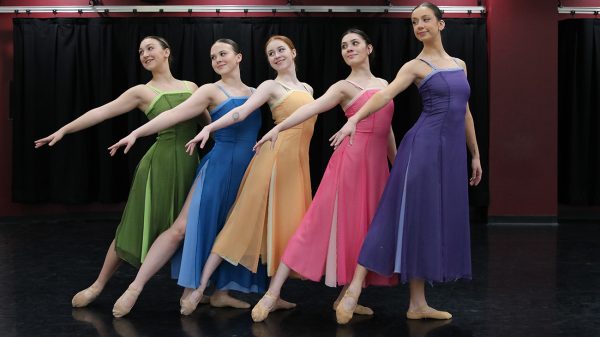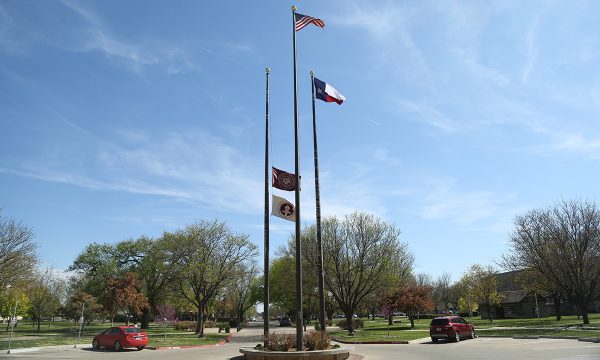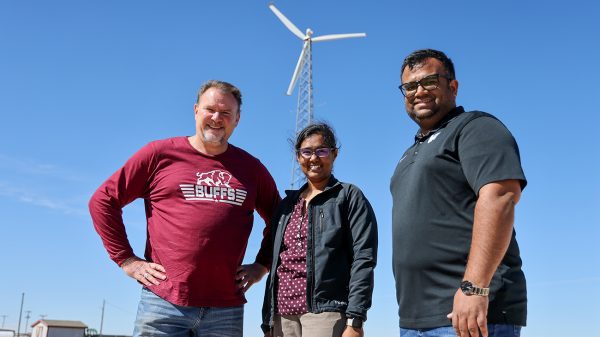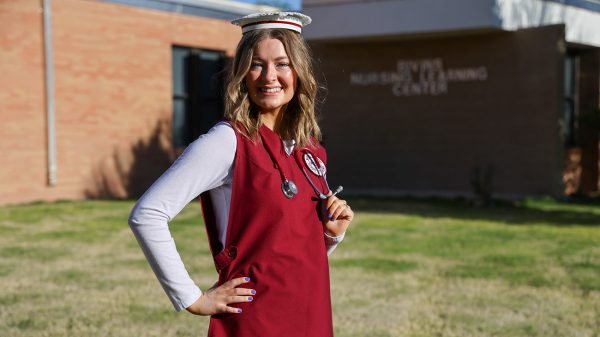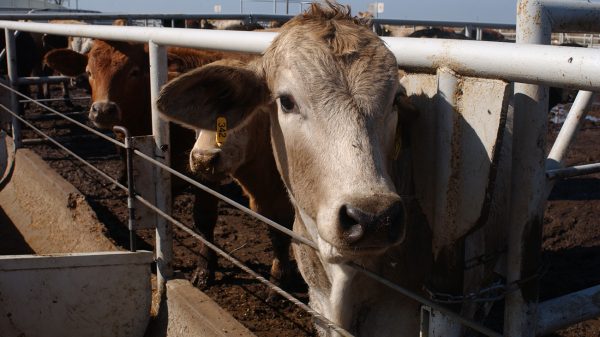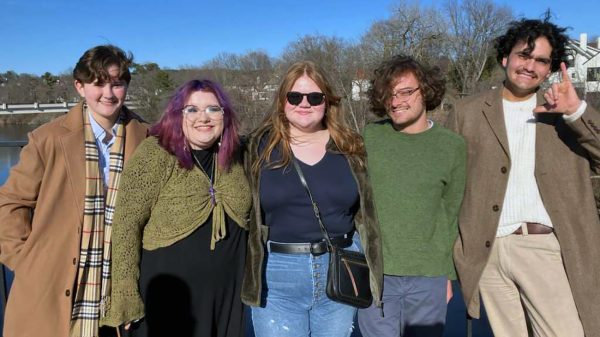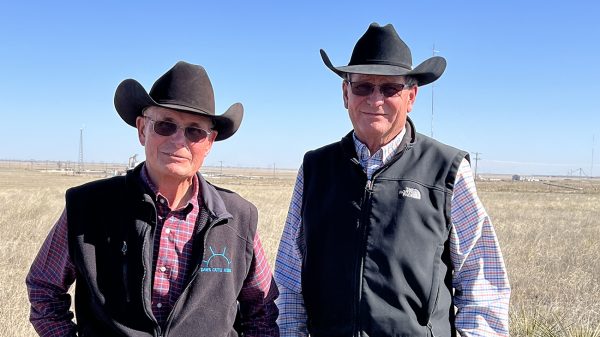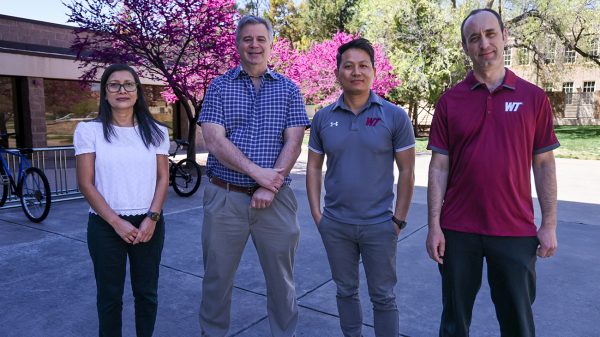Student Exploring History of Palo Duro Canyon State Park Named Winner of WT Student Research Award
April 28, 2022
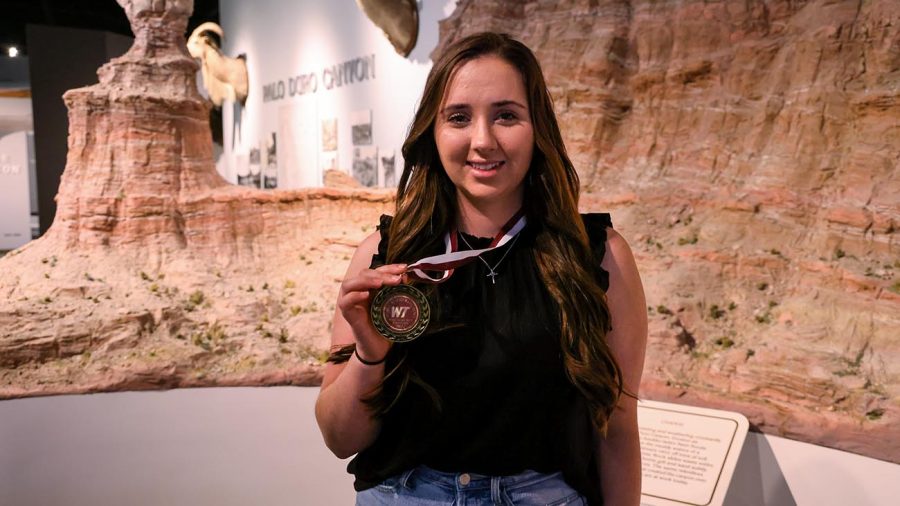
Copy by Chip Chandler, 806-651-2124, [email protected]
CANYON, Texas — A West Texas A&M University sophomore’s look into the origins of Palo Duro Canyon’s status as a state park was given the top award at the University’s 28th annual Student Research Conference.
Graduate and undergraduate students presented their work in either paper, oral or poster presentations.
Anna Bonnet, a sophomore agriculture media and communications major from Kenedy, won the second WT 125 Research Award for her oral presentation “The Civilian Conservation Corps: How Palo Duro Canyon Became a State Park.”
“I really wanted to go in depth into why Palo Duro Canyon was named a state park instead of a national one,” Bonnet said. “Because so much of the land had already been privatized and held valuable resources like water, farmers and ranchers were reluctant to sell it to the federal government. However, the state of Texas did purchase more than 18,000 acres of canyon land from Chicago real estate agent Fred Emory, which then became a state park.”
Bonnet’s research also examined the CCC’s role in developing the park as a publicly accessible destination, including adding trails, bridges, buildings and the main road down to the canyon floor.
The WT 125 award is given to the research project that uniquely exhibits the goal of the University’s long-range plan, WT 125: From the Panhandle to the World, in producing research that investigates and finds solutions to the regional challenges of the Texas Panhandle.
The WT 125 plan is fueled by the historic, $125 million One West comprehensive fundraising campaign. To date, the five-year campaign — which publicly launched Sept. 23 — has raised about $110 million.
The annual event, held April 7, gives students at WT as well as those from other educational institutions an opportunity to showcase their research and creative projects in professional venues.
“These students are truly exceptional,” said Dr. Pam Lockwood, Student Research Conference chair, Clair Mayes Professor of Mathematics and associate dean of the College of Engineering. “They first chose to participate in a research experience, not because it was required for their degree, but rather they wanted the challenge of expanding their critically thinking skills, applying the knowledge they have acquired at their different academic levels, to the solution of a unique problem. But then they took that courageous next step of placing their methods and conclusions on display for the academic community at WT. All of our participants should be congratulated for challenging themselves and succeeding.”
Students competing for cash awards are judged and critiqued by a panel of faculty members.
The 2022 event was sponsored by WT Graduate School and Research.
The winners of this year’s Student Research Conference are listed by category, classification, major and winning entry.
Oral Presentations
Graduate
- First: Thinh Nguyen, graduate student in interdisciplinary studies–chemistry emphasis from Vietnam: “Fermi surface studies of type-II Dirac semimetal candidate NiTe2 using de Haas-van Alphen oscillations”
- Second: Jessica Heckman, graduate student in biology from Canyon: “A Genetic Analysis of Sirens in Texas”
- Third: Katelyn Denney, graduate student in history from Amarillo: “Texas Sundown Towns: A Panhandle Phenomenon?”
Undergraduate
- First: Lance Fletcher, a senior computer science major from Portales, New Mexico: “Predicting Anti-Foulant Material Performance Through Regression Models Based on Image Data”
- Second: Bonnet: “The Civilian Conservation Corps: How Palo Duro Canyon Became a State Park”
- Third: Ashley Callaham, a senior history major from Ropesville: “Fiction of the American West: The Created Image of Charles Goodnight”
Poster
Graduate
- First: Katylyn Richardson, graduate student in animal science from Adrian: “Comparison of Reproductive and Early Growth Performance of an F1 USDA Prime Yield Grade One Carcass Clone Sire and an Industry-Leading Purebred Sire I”
- Second: Keshon Cervantes, graduate student in biology from Amarillo: “Copper Clean Effectiveness Against Representative Organisms from the Human Microbiome”
- Third: Taylor Husz, graduate student in agriculture from Maryville, Missouri: “The Effect of Days on Feed for Feedyard Performance, Health, Carcass, and Organ Characteristics of Angus x Holstein Heifers”
Undergraduate
- First: Riley Phipps, a junior sports and exercise science major from Canyon: “Metabolic Differences of Cardiopulmonary Resuscitation during 2, 4, and 6-minute Compression Cycles”
- Second: Heather Ogle, a sophomore environmental sciences major from Canyon: “Teaching Climate Science to Third to Sixth Graders in Texas Panhandle”
- Third: Daniela Cervantes, McNair Scholar and senior digital communication and media major from Amarillo: “The Effect of a Candidate’s Social Media Presence on Election Outcomes”
Research Papers
Graduate
- First: Sania Shaheen, graduate student in agriculture from Dawn, Pakistan: “Exploring the Wheat Demand Determinants and Food Security Challenges in Pakistan”
- Second: Tania Islam, graduate student in agriculture from Bangladesh: “Determinants of Labor Demand of Bangladesh: A Time Series Analysis”
Undergraduate
- First: Madeline Kleinschmidt, McNair Scholar and senior general business–international business major from Kenai, Alaska: “Transitional Justice and Enforced Disappearances: An Analysis of the Mechanisms Used for Reconciliation and Recovery”
- Second: Ashlynn Lester, McNair Scholar and senior history major from Perryton: “Women and the Making of a Nation: An Analysis of the South Korean Family Planning Program Under President Park Chung Hee”
- Third: Aidan Tsichlis, senior musical theatre major from Plano: “Shuffling Along into the 21st Century: Analyzing the Impact of the 1921 Musical ‘Shuffle Along’”
About West Texas A&M University
WT is located in Canyon, Texas, on a 342-acre residential campus. Established in 1910, the University has been part of The Texas A&M University System since 1990. WT, a Hispanic Serving Institution since 2016, boasts an enrollment of about 10,000 and offers 59 undergraduate degree programs and more than 40 graduate degrees, including two doctoral degrees. The University is also home to the Panhandle-Plains Historical Museum, the largest history museum in the state and the home of one of the Southwest’s finest art collections. The Buffaloes are a member of the NCAA Division II Lone Star Conference and offers 14 men’s and women’s athletics programs.



